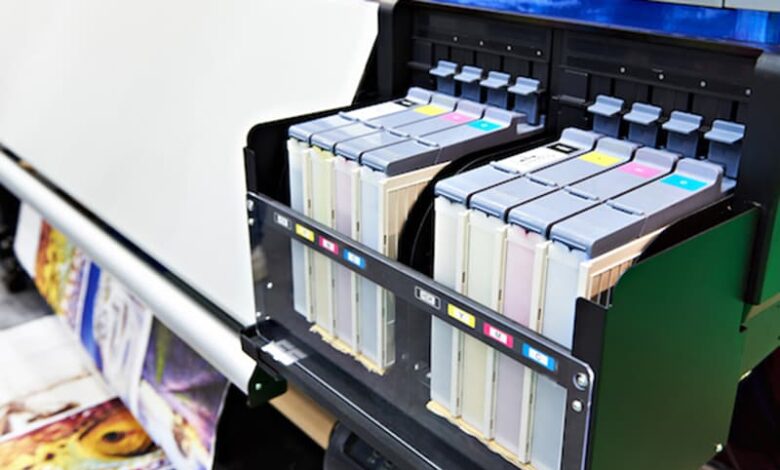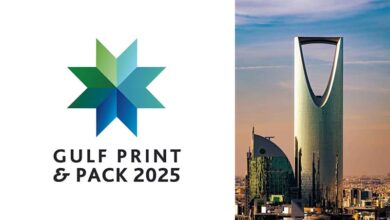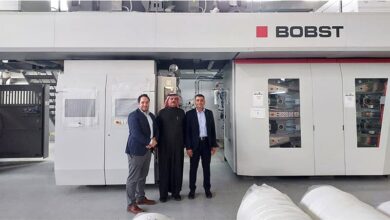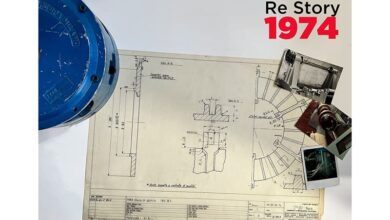
The Future of Inkjet Printing to 2027, a new comprehensive market data study authored by Smithers print consultant Sean Smyth, profiles digital print, and in particular inkjet, as the most important segment for innovation and market growth in the light of supply chain and print buying changes, combined with advances in technology. For the recent decade, inkjet is the most progressing printing technology with many applications and printing techniques being developed or replaced by inkjet technology.
Inkjet being a non-impact digital print method is an extremely flexible process using a wide range of equipment to print on a variety of substrates. With technology developing, inkjet manufacturing is getting more cost-competitive and is grabbing its market share across all print and printed packaging. Inkjet’s future growth as compared to competing analogue processes is forecast to be a robust one with a global market worth $86.8 billion in 2022. A compound annual growth rate (CAGR) of 8.2% for 2022-2027 will drive this value to $128.9 billion in 2027. Even as many customers have revised their print buying strategies, inkjet is becoming more cost-competitive for longer print runs with higher performance presses. This is clearly reflected in the volume of inkjet prints, projected to grow from 1 trillion A4 print equivalents in 2022 to 1.7 trillion by 2027, at a CAGR of 10% over the analysis period.
The biggest expansion is expected in the packaging applications with the latest dedicated presses for cardboard, corrugated, and flexible substrates. Another market where inkjet is forecast to do well with double-digit growth across the same period is in commercial printing such as books, magazines, catalogues, and brochures. As the technology suite for inkjet improves, it is aggressively pushing the xerography printing process out of several core markets.
The comprehensive data also combines critical analysis of the technical developments in inkjet printing that will shape its future evolution. Over five years, press speeds and resolution will continue to improve from 200m/min presses and 1200dpi printheads in 2022 to 300m/min and a 2400dpi resolution in 2027. The segment will also benefit immensely from greater integration of robotics using smart monitoring that will minimize downtime and improve precision in direct-to-object printing.
According to the research results, other significant developments for the future of inkjet will see a wider range of press formats; improved range of UV-curing and water-based inks and the steady evolution of fluorescents, metallic effects, security inks, specialist whites, and varnishes; arrival of additional embellishment and tactile finishes allowing further diversification into segments such as garments, home décor, textile applications, and transport; ability to print on standard paperboard substrates with top-quality finish; and its scope to integrate with online sales and maintenance such as the e-commerce packaging segment. One key finding in the report is in the industrial sector where specialist functional fluids may be used to print bio-medical or electronic products.




